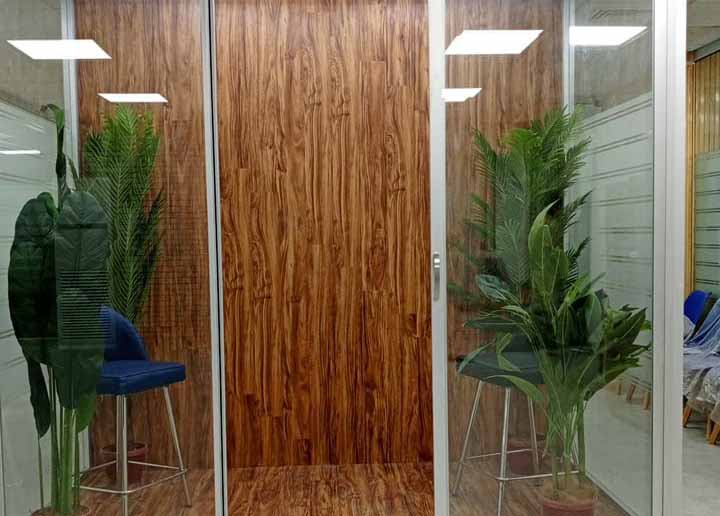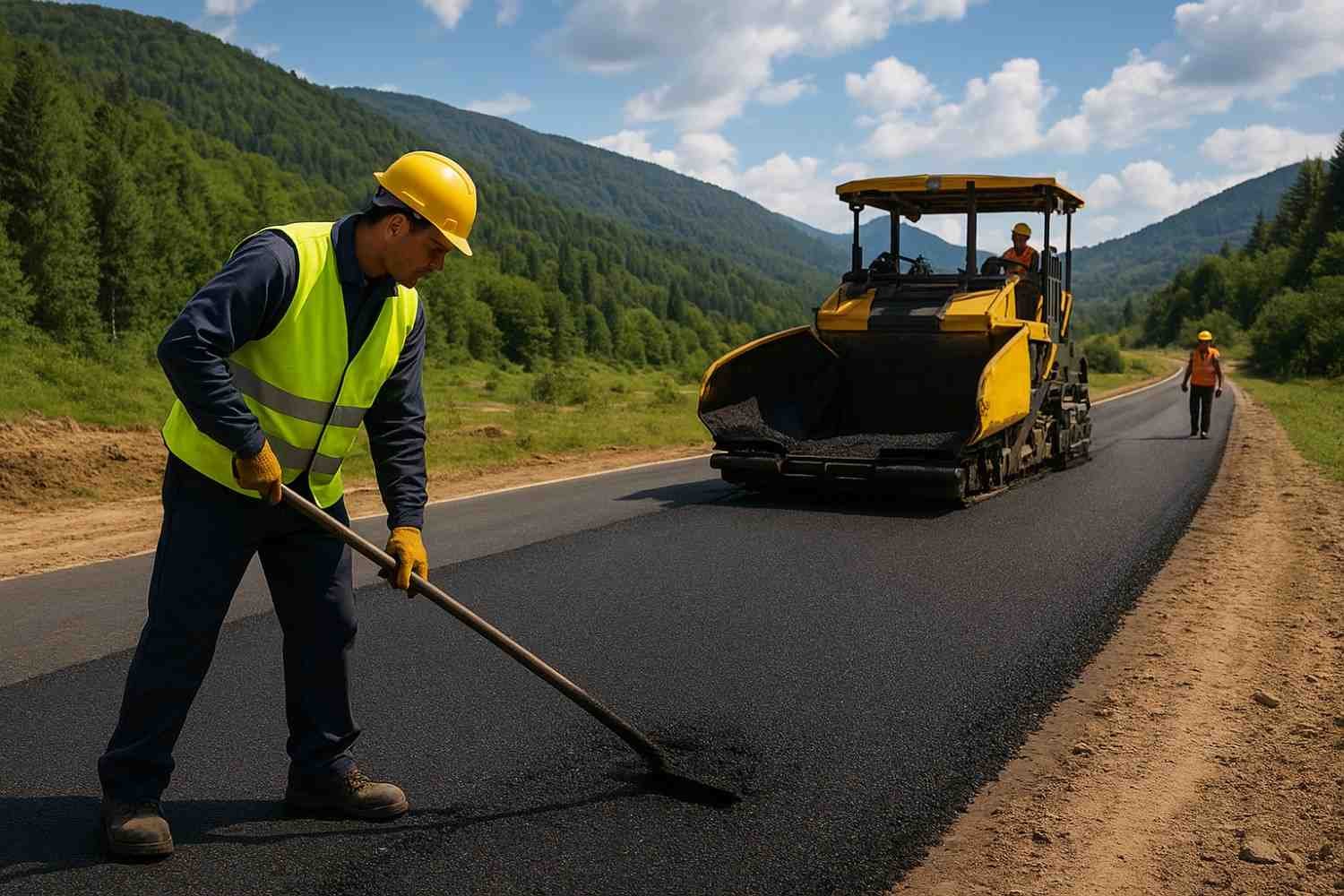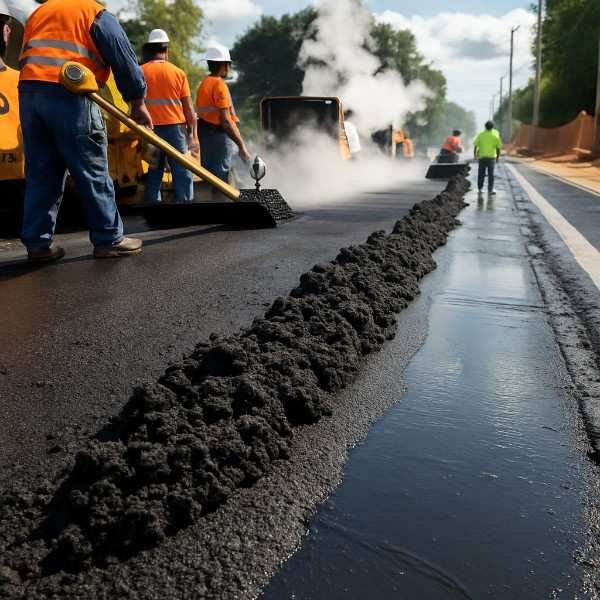Table of Contents
Introduction
Construction wood is the type of timber that is especially used for construction purposes. It encompasses a variety of wood types and products that are used in different aspects of construction, including framing, flooring, roofing, and finishing. Construction wood is chosen for its properties such as strength, durability, and resistance to environmental factors.
Uses of Wood in Construction
Wood is the oldest natural material used in construction due to its durability, strength, easy availability, and aesthetic appeal. Wood is used for many purposes in construction, some of which are as follows:
- Framing: Wood is widely used in the framing of buildings, including walls, floors, and roofs. It provides structural support and forms the skeleton of the building.
- Flooring: Hardwood and engineered wood are popular choices for flooring due to their durability and natural beauty. Wood floors can be finished in various stains and finishes to suit different design preferences.
- Roofing: Wooden trusses and beams are often used in roof construction to provide support and shape. Shingles made from cedar and other woods are also used for roofing materials.
- Wall and Column Cladding: Wood paneling is used to cover walls and add warmth and texture to interior spaces. Externally, wood cladding is used for its aesthetic appeal and insulation properties.
- Doors and Windows: Wooden doors and window frames are common due to their strength, durability, and ability to be carved or styled in various designs.
- Staircases: Wood is a popular choice for stair treads, risers, and railings due to its durability and the natural beauty it adds to interiors.
- Furniture and Fixtures: Built-in furniture, such as cabinets, wardrobes, and shelving units, are often made from wood. Wood is also used for decorative moldings and trims.
- Decking and Outdoor Structures: Wood is commonly used for decking, pergolas, gazebos, and other outdoor structures because of its natural resistance to the elements and its aesthetic qualities.
- Formwork: In concrete construction, wooden formwork is used to mold concrete into the desired shape. It’s strong, reusable, and easy to work with.
- Insulation: Wood is a natural insulator, providing thermal and sound insulation in buildings. Engineered wood products like plywood and OSB (Oriented Strand Board) are also used in construction for their insulating properties.
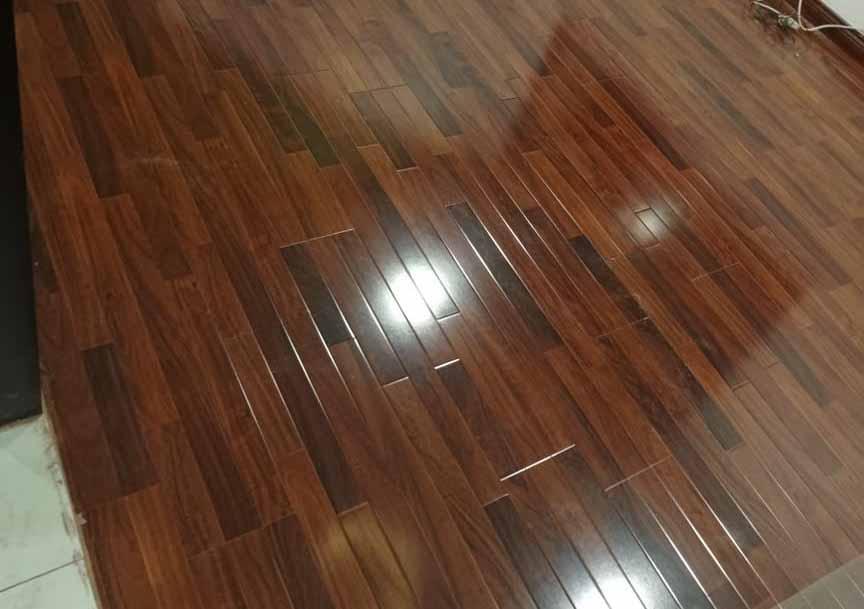
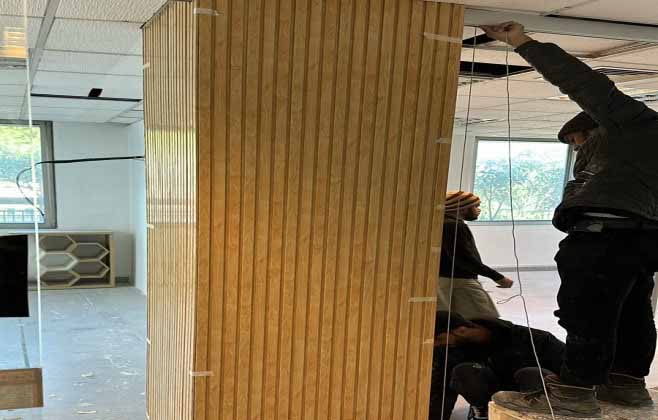

Qualities of Construction Wood
It shall be of good quality, properly seasoned, at least three months air-drying for carpenter’s work, preferably under cover in all cases. To be of mature growth, uniform in texture, and straight in fiber. It shall be free from sapwood, loose or dead knots (knots aggregating more than 75mm in a batten 180mm wide), open shakes, bit holes, rot, decay, other defects, and blemishes. Sawn square and holding the full sizes specified, whether wrought or unwrought, seasoned First Class Softwood (Deodar should weigh 565 Kg / Cum with moisture content up to 12%).
Different Aspects of Timber Used in Construction and Woodworking
- Fillet: A fillet is a small, often triangular or curved piece of wood used to fill a gap or join two pieces of wood at an angle. Usage: Common in trim work, molding, and cabinetry.
- Scantling: Scantling refers to a piece of timber that is cut 75mm wide or over and 50mm thick or over, with no upper limit. Usage: Scantlings are crucial for ensuring uniformity and consistency in structural components.
- Unsawn: Unsawn wood, also known as rough-sawn or rough lumber, is timber that has not yet been planed or finished. Usage: This type of wood is often used in its raw form for structural purposes or may be further processed to achieve a smoother finish.
- Baulks (or Balks): Baulks, also spelled "balks," are large, heavy beams or planks of timber. Usage: Baulks are used in various construction applications, including framing, flooring, and heavy structural support.
- Batten: When less than 75 mm wide and less than 50 mm thick, i.e., under 40 sqcm sectional area.
- Boarding: When less than 50mm thick, except flooring, and the width is not less than 150 mm.
- Logs: Round unsawn timber over 200mm mean diameter (without bark).
- Ballies: Round unsawn timber not exceeding 200mm mean diameter (without bark).
Types of Construction Wood
- Hardwood 1st Class
- Teak Burma: Botanical Name: Tectona Grandis
- Shisham: Botanical Name: Dalbergia Sissoo
- Softwood 1st Class
- Deodar: Botanical Name: Cedrus Deodara
- Softwood 2nd Class
- Kail: Botanical Name: Pinus Excelsa
- Chir: Botanical Name: Pinus Longifolia
- Partal: Botanical Name: Abies Pindrow
- Garjan: Botanical Name: Dipterocarpus Species
Construction Requirements
Fixing etc: In addition to the item, detailed in the definition of the General Rules, the term “fixed” shall include all laps, notching, halving, scraping, wrought, splayed, rounded, notched and pointed ends of timbers, scribing, circular cutting, and boring for bolts as well as wire, hoop iron, coir, hemp or other approved ropes, previously dipped in anti-termite or preservative solution, for ballies.
The term “Re-secure” provides for securing fitting, etc., which have become partially loosened, but which can be secured with holdfasts, plugs, etc., without taking down.
The expression “taking up” or “taking down” includes clearing out nails, etc. The expression “taking down existing trusses and re-hoisting and re-fixing the same” includes tightening up wedges, cotters, bolts, etc. Any work done on the trusses in addition to the foregoing shall be paid for separately, under the relevant rates.
Plugging to Walls: Rawal plugs or Phill plugs will invariably be used. Plugging to walls shall be at intervals not exceeding 200 mm for Rawal plugs & Phill plugs.
Boarding: Boarding shall be in width not exceeding 225 mm, except where in detached pieces such as shelves, etc., and in length not less than 2 M, unless circumstances make it impracticable.
Flooring: Boarding in flooring, ceiling, etc, shall include cramping or wedging up punching nail,s and “cleaning off” after fixing. All heading joints are made on the center of joint bearers and no two heading joints are to be adjacent. The boards are to be nailed with steel cut brads (or oval brads) or fixed with screws, two to each board, on every joist of the following lengths:-
- For 25 mm or 30 mm flooring-65 mm long
- For 40 mm flooring-75 mm long
- For 50 mm flooring-100 mm long

